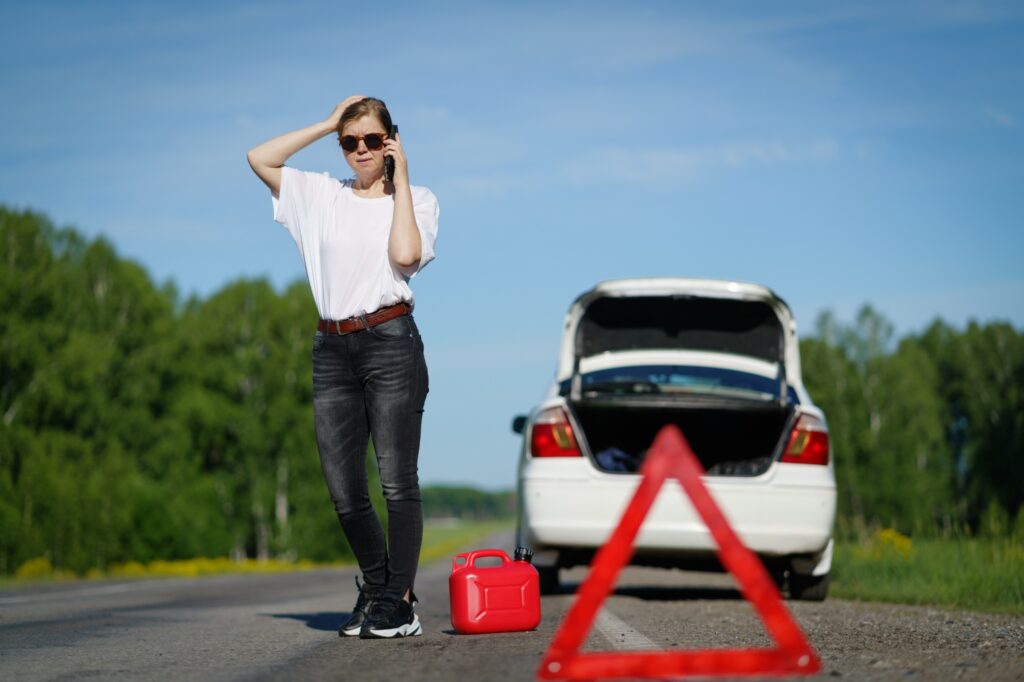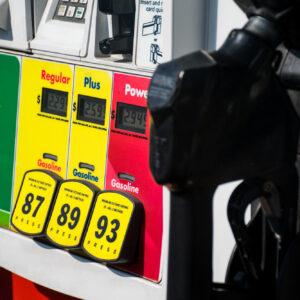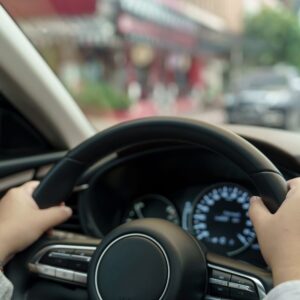Drivers who are always in a hurry tend to forget a thing or two, from house keys to phones and wallets. They might even forget to turn off appliances like TVs and fans.
But aside from all these, there’s one unforgivable thing you should never forget一check if you have enough fuel in the tank!
Running out of gas just once should teach you not to do it again, because it probably ruined your whole day. Unfortunately, forgetting to top up on fuel is a common occurrence that can have severe repercussions if done repeatedly.
Your Car Will Shut Down
A vehicle that runs out of gas will not stop immediately. Instead, you’ll notice symptoms of fuel starvation, such as sputtering, intermittent power surges, and induction backfiring and you’ll usually be able to limp off the side of the road.
The engine will eventually die following these symptoms, including the hydraulic power to the brakes and steering. You’ll still be able to steer your vehicle after this, but you can expect the wheel to be stiffer and harder to control than normal.
Expect These Problems to Arise Following Fuel Starvation
Forgetting to top up on fuel once can be considered an honest mistake. And after your engine stalls and dies out in the middle of the road, you’ll be sure to never make the same mistake again.
However, always riding on empty can have repercussions on the overall condition of your vehicle, particularly the fuel delivery system. So if you think that riding on empty is one way of making the most out of your fuel tank, you might want to think again.
Damaged Fuel Pump
Most fuel pumps are located at the bottom of the fuel tank. The placement of the pump allows the fuel to cool down and lubricate mechanical parts.
Moisture tends to condense on the inside of the tank if it’s run low on fuel all the time.
Continuously running on empty will eventually cause the fuel pump to overheat, affecting the entire fuel delivery process. Also, the pump will pull the sediment buildup at the bottom of the tank, leading to further damage.
Engine Misfires
Running on empty can cause the fuel pump to suck in air instead of fuel, making it difficult to start the engine.
If you’re on the road and you’re out of gas, a sputtering engine is a telltale sign that your engine is about to stall., In some cases, even if you manage to refill the tank, the engine might not start right away. unless you prime the fuel pump.
Unnatural Causes of Fuel Starvation
If you’re always low on fuel even when you make sure that you’re regularly refueling at the pump, there might be other reasons why this could happen.
Damaged Fuel Tank
Like most mechanical components, the fuel tank can wear out after some time, no matter how good you are at taking care of it.
Regular wear and tear can cause the tank to become thin and brittle, but other factors like collision damage and exposure to the elements can also affect the tank’s condition.
Worn-Out Fuel Lines
Fuel lines deliver fuel to the throttle body or fuel rail, as well as return excess fuel and vapors to the tank. Most fuel lines are made from sturdy materials like steel, nylon tubing, or fuel-resistant rubber.
For fuel lines to do their job properly, they remain as cool as possible to avoid vapor lock, which occurs when gasoline vaporizes as it passes through the lines. When a vapor lock occurs, the engine can stall.
Damaged Fuel Injectors
Clogged or contaminated fuel injectors can leak after some time and might even get damaged. Once this happens, you can expect all sorts of drivability issues to arise.
Engine misfires, rough idling, poor gas mileage, erratic RPM readings, and a no-start condition are common symptoms that point to a clogged or damaged fuel injector.
What to Do When Your Car Runs Out of Gas

There’s really not much you can do when your car runs out of gas except to wait. Always remember that for any vehicle-related emergency, it’s best to stay calm.
If you feel like your engine is about to stall, turn on your hazard lights and carefully pull over to the breakdown lane, which is the right-most lane on the road. You can also pull over to wide areas like parking lots if possible.
The key here is to stay away from highways and congested roads. This will ensure your safety and prevent you from causing traffic. After pulling over, you have the option to call for roadside assistance or ask someone you know to help you out.
If you’re planning on asking someone to bring fuel for your car, it’s best to consider the possibility that refueling might not get your engine running at first, depending on the condition of the fuel delivery system.
Never Run Out of Gas Again
Running on empty is definitely not the best way to drive your vehicle. Always make sure that you have enough gas left in the tank before going out for a drive, especially long ones that have few stopovers.
You might also want to carry a few liters of fuel in your trunk in case you fall short. Most vehicles have reserve fuel even when the gauge is at “E” or “empty,” but that might not help you get far.
Any information provided on this Website is for informational purposes only and is not intended to replace consultation with a professional mechanic. The accuracy and timeliness of the information may change from the time of publication.





















